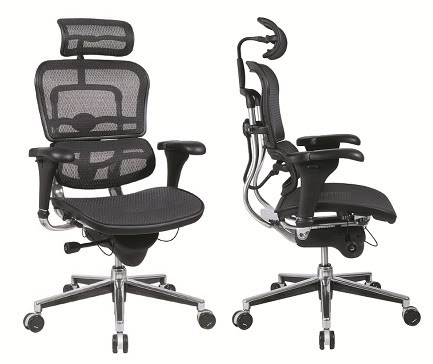Dear Cubicles.com,
Our health insurance business bucked the downward trend and managed to grow a bit during the recession years. Now that the recession is “officially” over, we’re actually projecting some major growth in the next year, and we’ll be hiring to take care of the extra load.
But I feel totally unprepared to plan our office for the growth spurt ahead; we have some long-time employees who will leave their offices only when they’re dead, and we only have spare cubicle space for about three or four new hires. How do I navigate the interior design and space planning landmine ahead?
Signed,
A Good Problem to Have?
Congratulations – your work in healthcare puts you in an industry that reported continued growth during the recession years. But growth comes with its own problems: while you add people to the workforce, you want to retain an environment that keeps both long-timers and newcomers motivated. And that’s tough when you have to juggle questions like keeping team-mates together, or rustling up cubicle space for new hires.
About.com’s Human Resources guide Susan Heathfield believes it’s absolutely critical to have multiple levels sign off on any interior design and space planning decisions. Done properly, Heathfield says, proper accounting for future growth “will enable you to have employee workstations when you need them. Yet, smart planning will keep you from spending large amounts of money at an unnecessary time.”
Smart interior design and space planning takes doing. Here are the steps Heathfield advises office planners should take when in your shoes:
Make a reasonable projected headcount for this year and next. Focus on “reasonable” – don’t project growth higher than the last verifiable rate unless optimism in this regard is warranted.
Ask the following hard questions – and ask around to back the answers up. How many new employees will need offices and/or cubicles? How much appropriate housing do you have for current and future employees? (By appropriate, we mean work areas appropriate to each job function, i.e. clerical cubicles, customer service call center cubicles or offices for managers.) Will you need to change current access to conference rooms, storage or lunch areas, and restrooms as your office grows?
Dear Cubicles.com,
Settle this question for me, please: what’s better for IT professionals, cubicles, or private offices? We’re taking on a valuable new hire and I’d like to put him in a space where he can perform to his utmost – but I’m not sure if he’ll do better in a private office (where he can have some space to think) or a cubicle (where he can better collaborate with his team). Any thoughts?
Signed,
Space Cadet
Don’t count on this debate to be resolved anytime soon – both offices and open space have their proponents within the interior design and space planning community. It boils down to privacy vs. collaboration, explains Robert J. Grossman in his article Offices vs Open Space.
Offices are becoming less common as companies squeeze funds from their facilities budgets. But Brill believes that private offices– even small ones–pay dividends for all workers by creating a more productive work environment.
The IT field in particular has plenty of private-office proponents – Computerworld hears from John Miano, founder of The Programmers Guild in Summit, N.J., who advocates prioritizing the productivity of IT professionals involved in software development operations. This could happen by “getting rid of cubicles and replacing them with enclosed offices” which can boost productivity by eliminating distractions, Miano says.
The downside to private offices, of course, is reduced communications between team-mates.
According to Cornell University’s William Sims, his research in workplace environments and software development proves that open environments are better for collaborative projects.
“Developers in private offices may be more productive individually but may not be in sync with a team,” the article paraphrases Sims.
In the end, the private office vs. open spaces issue is something that can be resolved by individual companies , in accordance with their corporate culture and the demands of their workforce.
Got questions? We have answers! Send an email to askcubicles@cubicles.com.




![Office Desks On Steroids [Image © MotoArt.]](https://blog.cubicles.com/wp-content/uploads/2011/01/Office-Desks-On-Steroids.jpg)








